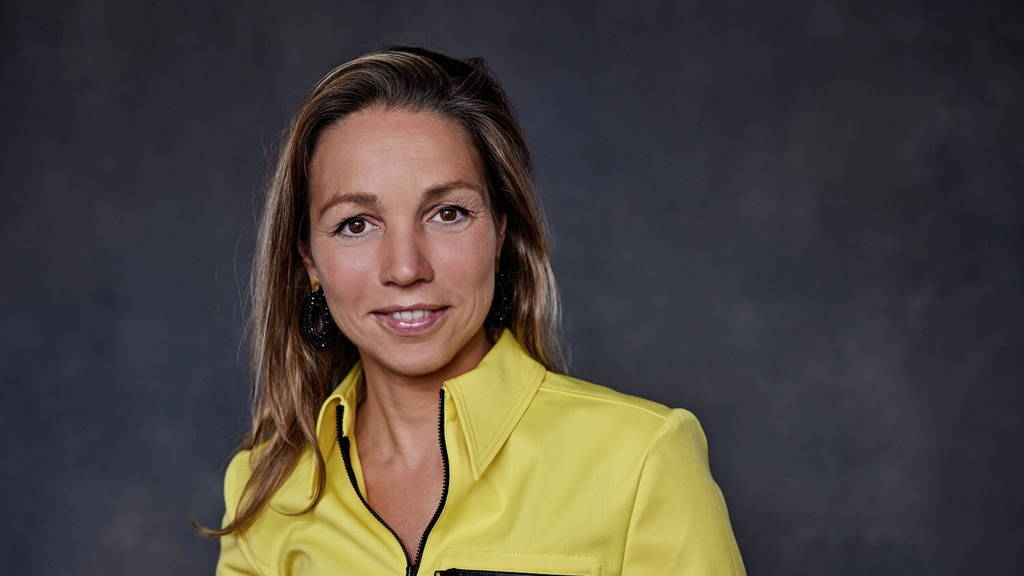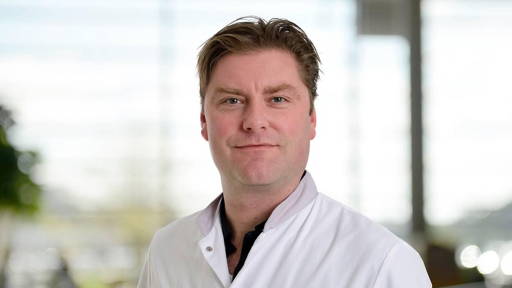Speijer was a judge at “Get In The Ring 2021” – an annual event where startups and ventures from around the world get the opportunity to pitch their technological innovation while networking. “As a doctor, I am able to see through whether an innovation is really going to contribute to health. I am used to doing a quick “sanity check” on the scientific foundation. Then, I look at the market positioning, what is claimed, and if I could offer that to my patient. And if I become convinced that it can make a serious contribution to health, how would my colleagues receive it,” highlights Speijer.
It doesn’t help but can hurt
Speijer points out that different things are weighed with an investor than with a doctor. “Yet too often, we take it for granted that the design, scale-up and further development take place outside the scope of our clinical practice. Even though these factors affect health, we are betting on, and thus the outcome of our actions as physicians. The adage ‘if it doesn’t help, it doesn’t hurt’ certainly doesn’t apply here. Worse, digitization has an exponentially scaling effect. If it goes wrong, the damage is incalculable. But if an innovation does benefit, then there is an opportunity to improve care exponentially. And that’s what I’m looking forward to as a doctor.”
This can be seen in the way Gabriëlle Speijer evaluated digital solutions as the judge. For example, in the case of “the first AI-based computational method for substantiating treatment decisions in oncology,” according to the developers.
We still don’t exploit technology enough to get a complete picture of the patient
“My first impression was that this option for finding the best-targeted therapy for the patient was too disconnected from practice,” Speijer says. “But it turned out that the developer had incorporated his years of experience from practice into an open and thus testable model. Moreover, it is possible to make a smooth transition from the current clinical trial-based practice to providing insight into large amounts of data using AI and machine learning. Thus it offers clinicians the opportunity to treat in an increasingly targeted way (precision oncology) while learning from their own outcomes based on real-world data. An advantage is also that the developer collaborates with other clinics and parties, always driven by clinical added value. I find that very clever.”
Added value for practice
The main question Speijer wants to her when acting as a judge during startups pitches is: what added value does this innovation bring to the health care system? “Based on that, I do a reality check to get all the facts in order, to see if what the developers declare is correct and what I could take away from subjective impressions. Confidentiality is an important issue here, as it is the question of how the idea translates to medical practice. Sustainability and agility also play an important role and, of course, the question of whether the developer is open to the environment.”
“We still don’t exploit technology enough to get a complete picture of the patient. That can be done much better. And if doctors are in the lead in the development of that technology, we can achieve an enormous acceleration. This is not a non-committal matter because the technology must benefit our work and the outcomes in health. We need to drive that together,” concludes Speijer.
Gabriëlle Speijer is a Radiation-Oncologist at Haga Hospital, founder of the healthcare innovation company CatalyzIT, HIMSS Future50 International HealthIT leader, ambassador SNOMED and HL7 and editorial board member of ICT&health.







